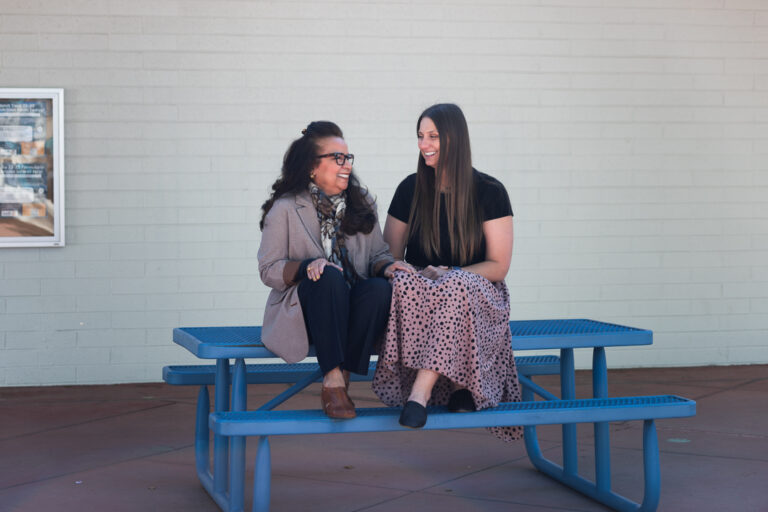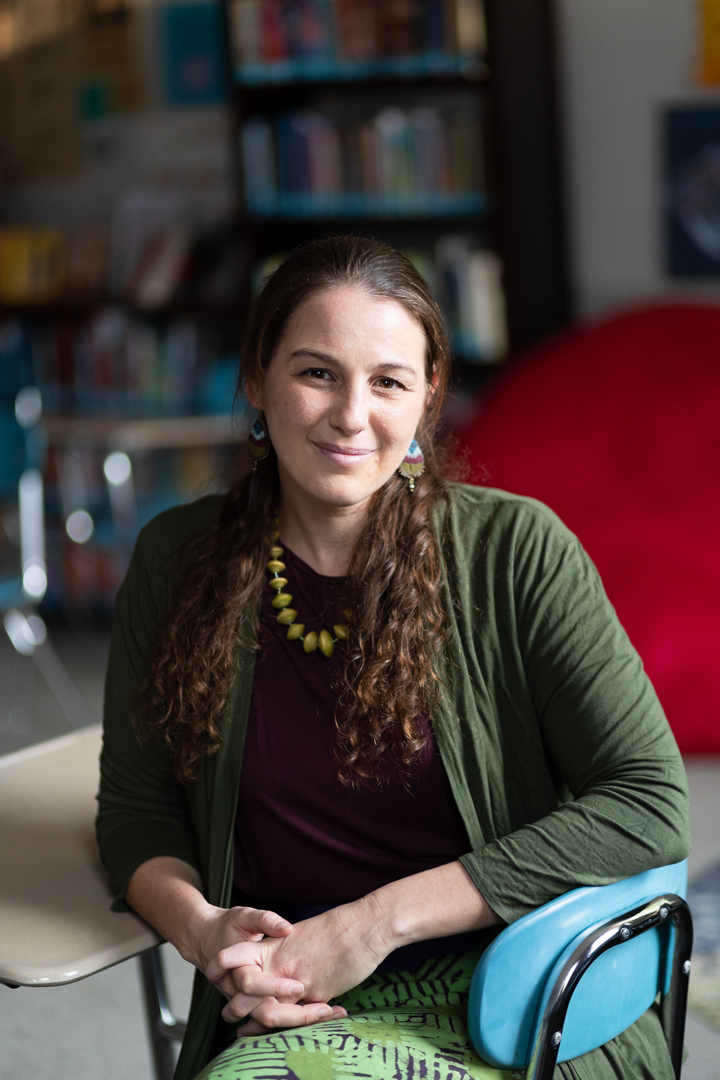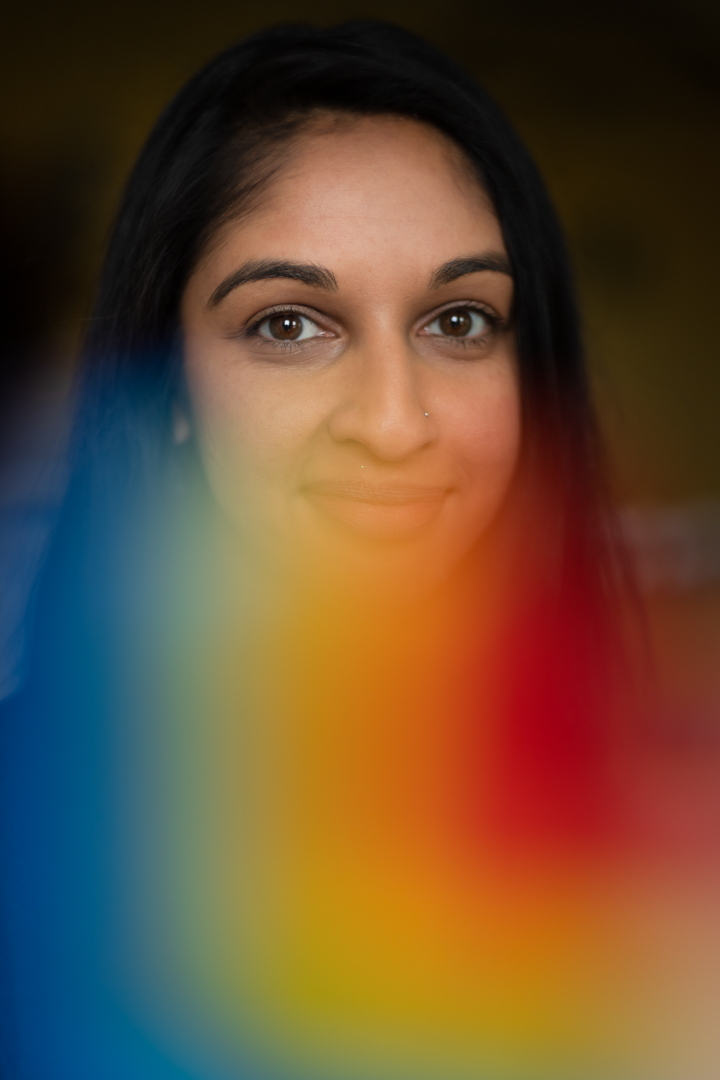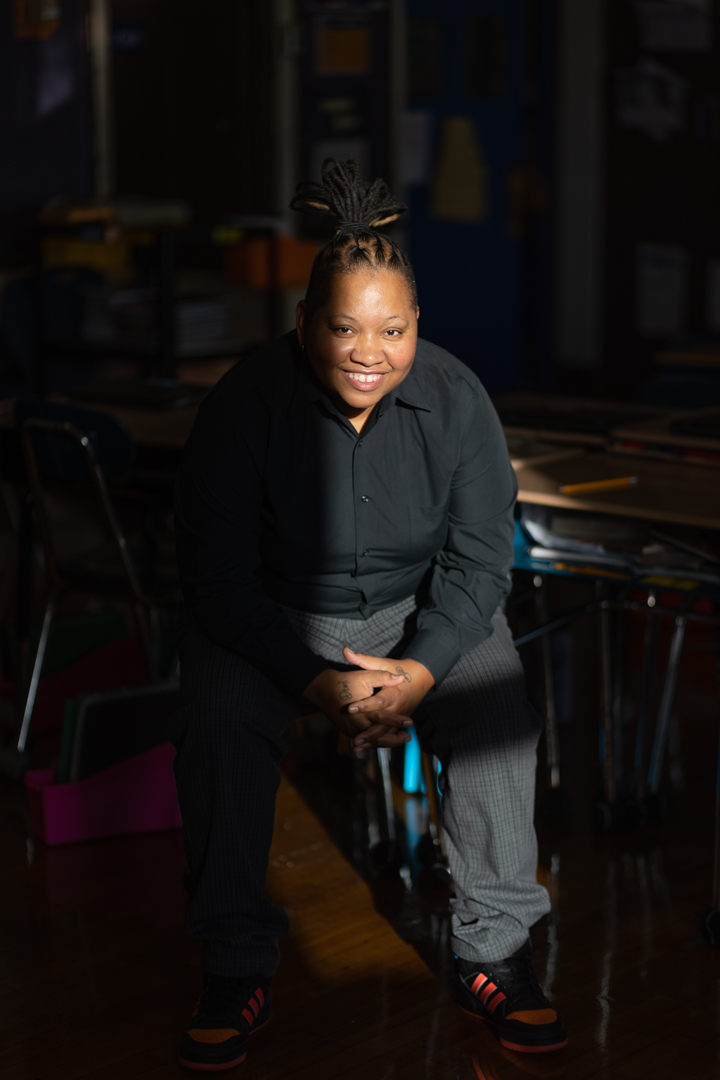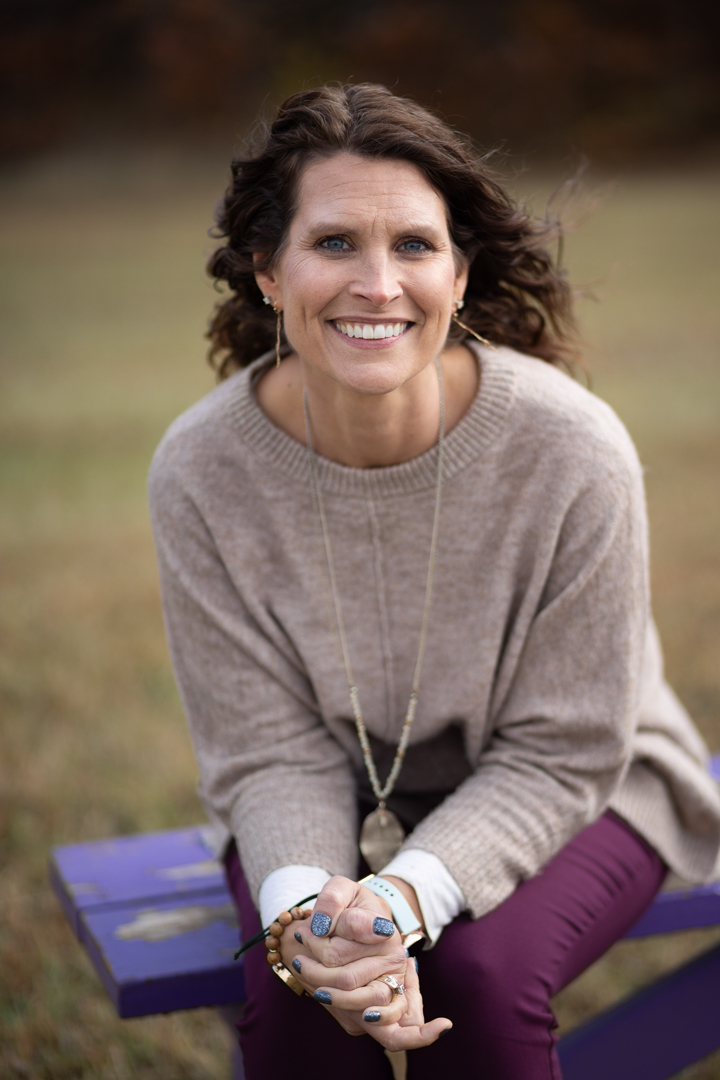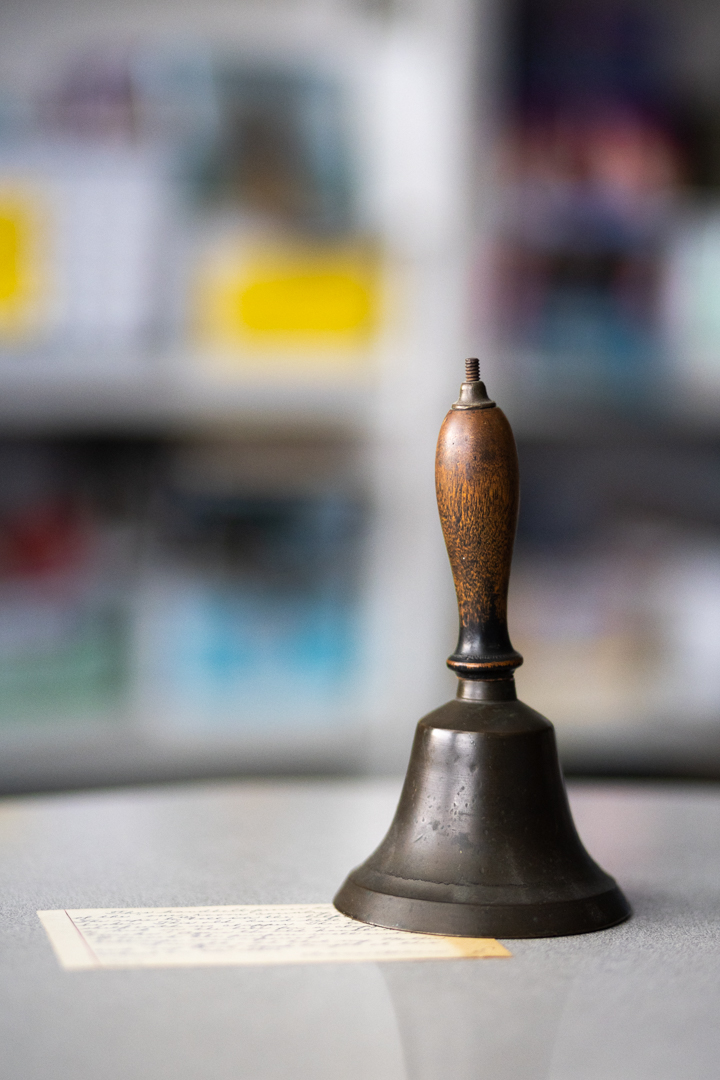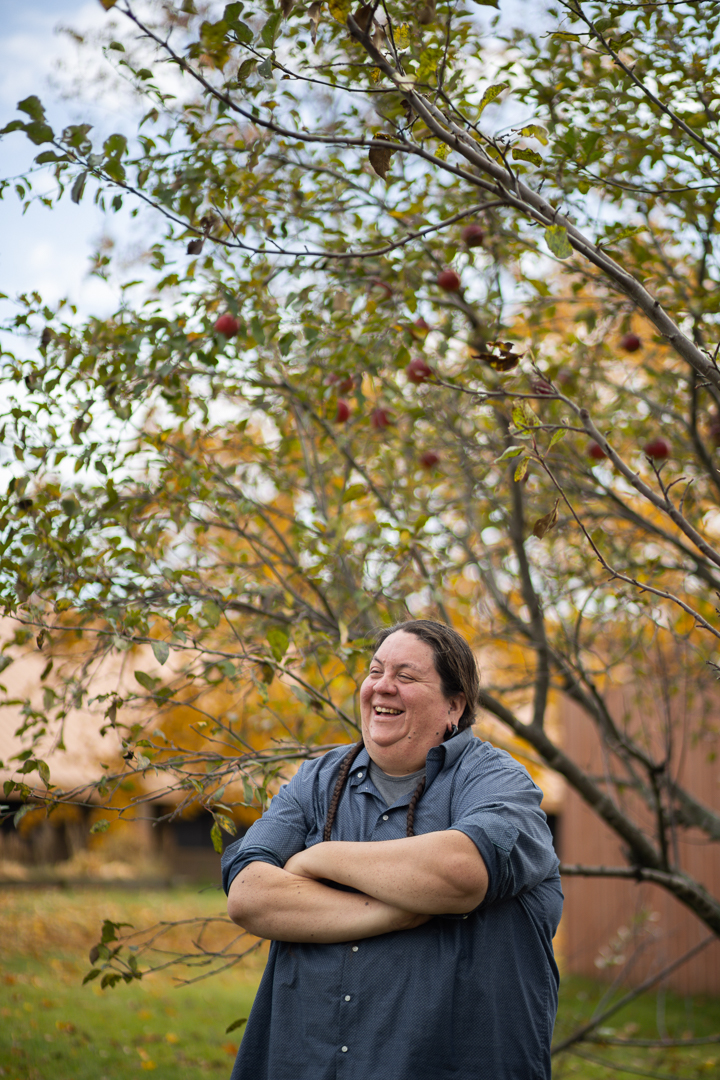Teacher stories, interviews, and videos related to the importance of teacher community.
Seven teachers from Madrid Neighborhood School in Phoenix, Arizona share their perspectives on K-12 education.
I have the honor and joy of teaching U.S. history and civics to recent immigrant and refugee students. My students come from more than 30 countries: from Colombia, to the Democratic Republic of the Congo, to Cambodia. Most of my students have been in the U.S. for less than five years.
I went to school to be a journalist. My financial aid package required that I take on a work-study job. So during my first year of school, I worked with Jumpstart, an AmeriCorps program where they put college kids in Title I preschools.
I was working at The Bridge Home at St. Mary's Women and Children's Center. It’s a shelter for infants to 12-year-olds. If the Department of Child and Family Services pulled a kid from their home, we housed and counseled them.
Early on in my career, I was more afraid of talking to parents. But I had a principal who said, ‘If you're not calling them first with a positive, then when you call them with a negative, it's going to be harder.’ So I tried to do that. And I have had great success with parents trusting me and knowing that I have their kids’ best interests at heart.
Teaching runs in my family. The bell was my grandma’s. She was the last teacher at a one room schoolhouse in Cold Spring, Wisconsin. Because she was the last teacher, they gave that bell to her. She wrote on that card that both her mother and her aunt also taught in that school.
I was full-on ready to be a full-time artist. And then I was invited to be a teacher at a summer institute in Denver, through the Native American Youth Outreach Program. I think it was seeing those kids connect to our traditional arts — part of our cultural inheritance that they had little exposure to before. It was seeing kids connect to our indigenous ways that changed me.
